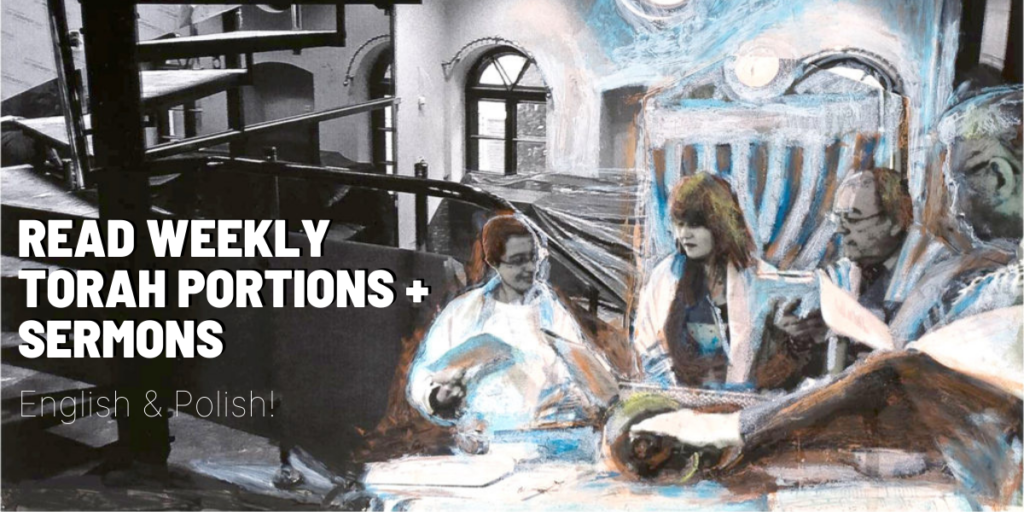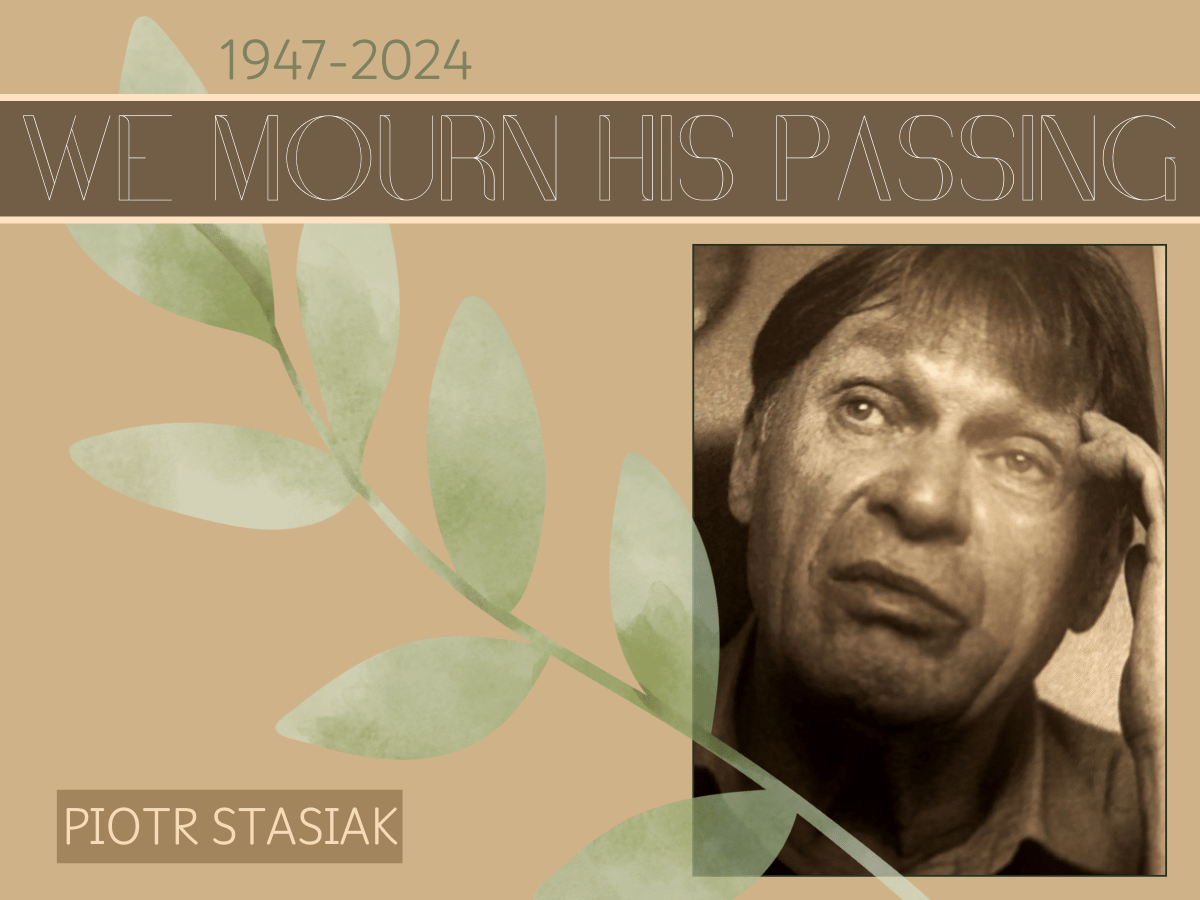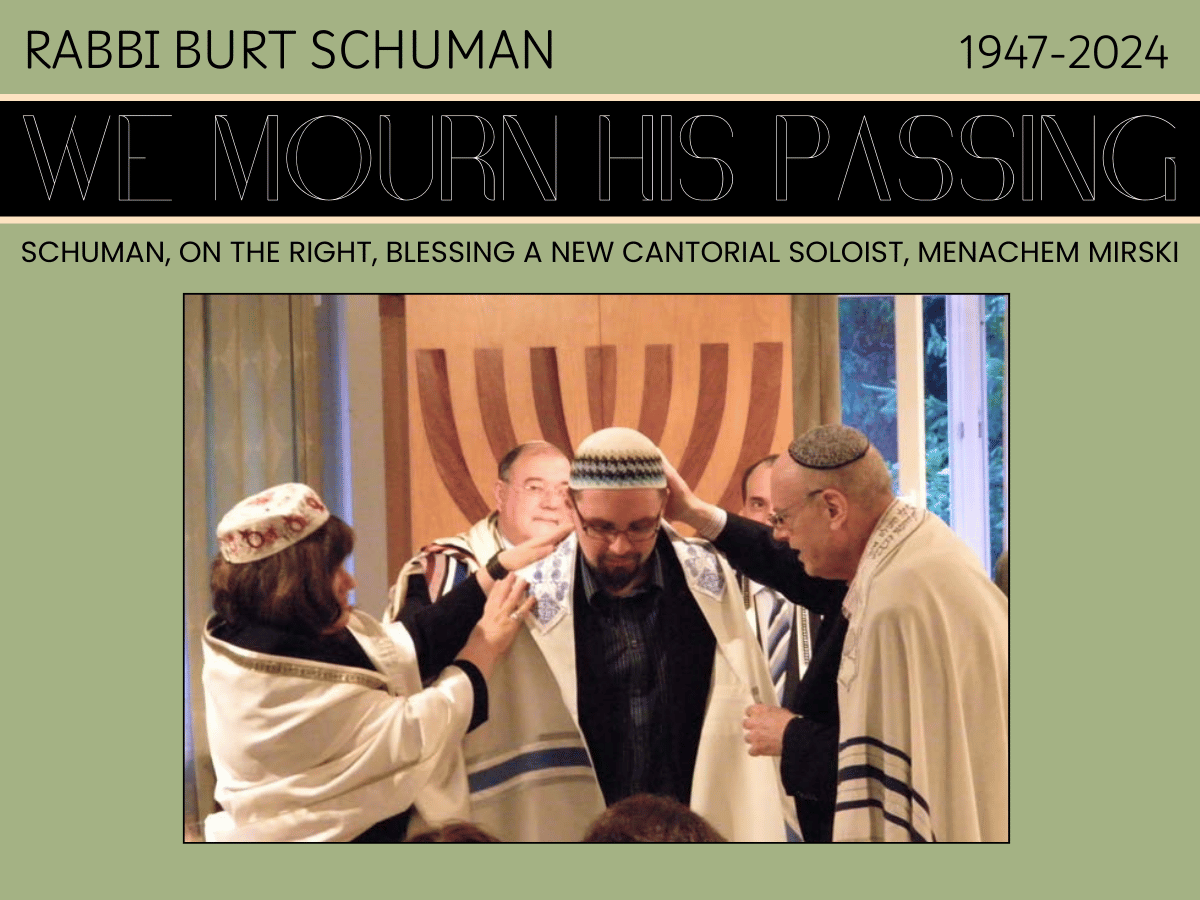Thoughts on Parashat Tetzaveh

Menachem Mirski
[maxbutton id=”6″ url=”https://polishjewsreviving.org/bezposrednia-komunikacja-z-wiekuistym/” ] To do the right thing is different from calling for or justifying doing the right thing. Practically speaking, these two do not always go together. Similarly, doing wrong/bad is different than trying to whitewash or justify the wrong/bad. Justified good is not particularly more good than just good, although the justifications may perpetuate more good. Justified bad has a capacity to become much more bad/evil than just bad. In the human world things generally gravitate towards bad if simply left alone and are not taken care of. It may have something to do with the structure of the universe, the laws of thermodynamics and of entropy. Sometimes we face difficult decisions in our life in which we deal with contradictory solutions that may have long lasting consequences, because things are very polarized.
When things stand on the edge, so to speak, when the decision in one direction can result in various benefits and blessings, and in the other direction it can be disastrous; in such troubled times, people throughout history have often entrusted their fate to higher than human authority, or at least believed they were doing it. In our Torah portion for this week, we find a description of one of the instruments that was used for direct consultation with the Most High, precisely for the purpose of making the appropriate decision:
[perfectpullquote align=”full” bordertop=”false” cite=”” link=”” color=”” class=”” size=””]Inside the breastpiece of decision you shall place the Urim and Thummim so that they are over Aaron’s heart when he comes before יהוה. Thus Aaron shall carry the instrument of decision for the Israelites over his heart before יהוה at all times. (Ex 28:30)[/perfectpullquote]
What were Urim and Thummim? These were very mysterious elements, often imagined as stones, that make the High Priest breastplate work. The breastplate was made from 12 precious stones on which the names of the 12 Israeli tribes were engraved. According to the Ramban commentaries, following Talmud (Yoma 77), also the names of the Patriarchs were included on the breastplate, together with the words Shivtei Yeshurun – the Tribes of Yeshurun. In this way all 22 letters of the Hebrew alphabet were on the breastplate. Urim ve’Thummim were placed inside the breastplate and through them the Eternal illuminated certain letters from the names on the breastplate and the High Priest (Kohen Gadol) would arrange them to compose words. For example, when the Israelites asked, “Who shall go up for us against the Canaanite?” (Kings 1:1), the letters of the word “Yehudah” lit up, along with the letter yud of Levi, ayin of Shimon, lamed of Levi and he of Avaham, spelling out the word ya’ale – “Yehudah will go up.”
The entire priestly breastplate is called Choshen Mishpat, which is the Hebrew for “Breastplate of Judgment”. (Ex 28:15) The original breastplate with the Urim ve’Thummim was lost with the destruction of the First Temple and has never been found since then.
An interesting, symbolic interpretation of what Choshen Mishpat was and of its function can be found in the commentary of Kli Yakar (Rabbi Shlomo Ephraim ben Aaron Luntschitz, 1550-1619, who lived in Prague.) He quotes another commentator, Akeidah, who finds allusions in the form of the breastplate of judgment for how Jewish justice must operate. Each row had three stones: this is an allusion to batei din (Jewish courts) manned by three judges. Some of the stones were more precious, others less precious – this teaches us that rich and poor are equal in the sight of the law, and that cases involving small amounts of money must be viewed as gravely as those involving large sums. The names of Yaakov’s sons were engraved in the stones according to their birth sequence, to teach that both the older and the younger judges’ opinions must be heard. The Urim ve’Thummim were set in the breastplate to teach that dayanim – “the judges in batei din” – bring light to the entire world. The judges are called “the eyes of the community,” for they shed light on the issues that confound the litigants.
When we put it on a more general level it teaches us that justice is a fundamentally social venture. Consequently, it teaches us about the partiality of our human individual judgment. It also teaches us that the pinnacle of justice is the Divine voice in it. This pinnacle marks both the ideal and the highest aspiration of human judgment. So let us take care of this ideal, because without it our judgment will always be lame. Doing something right, with long lasting consequences is often accompanied by various odds trying to prevent the right thing to happen. But there is the divine light, which we are able to comprehend, that keeps us continuing to strive for good, and it is this light that ultimately overcomes all darkness.
Shabbat shalom,
Menachem Mirski
















Leave a Reply